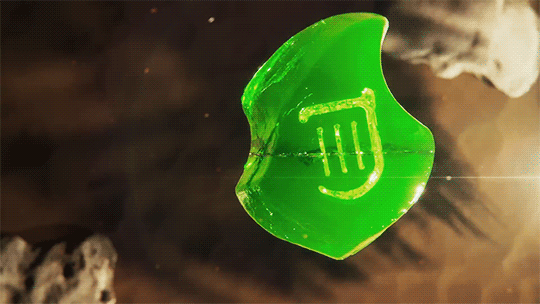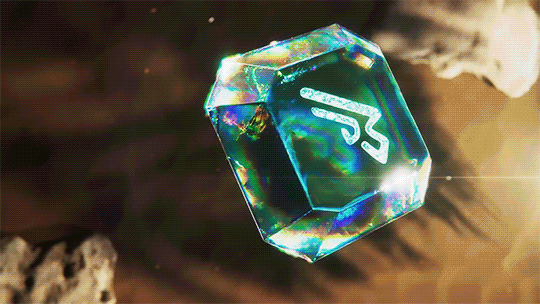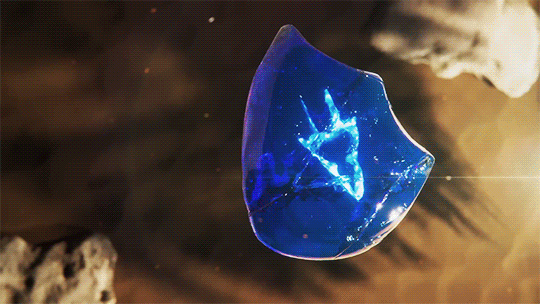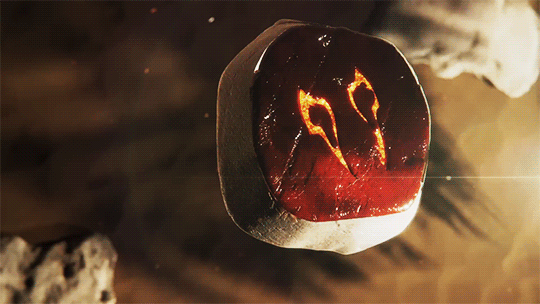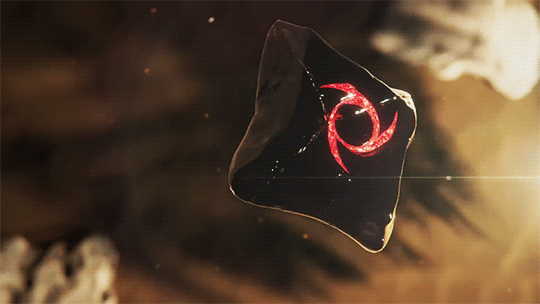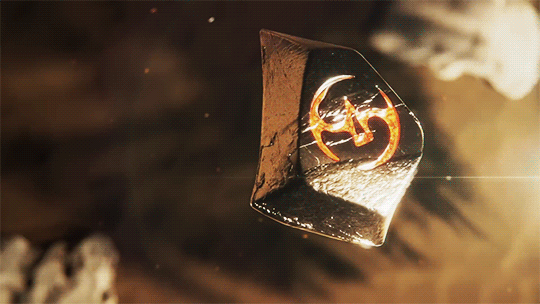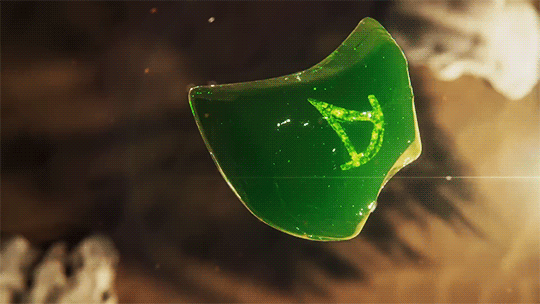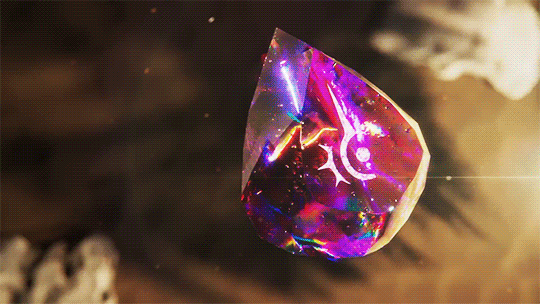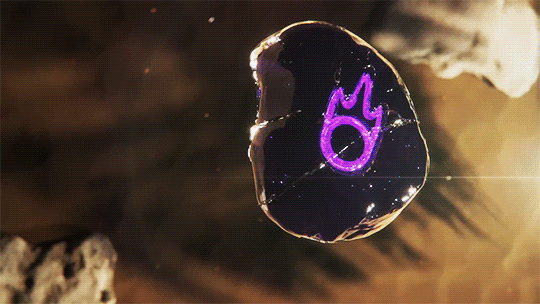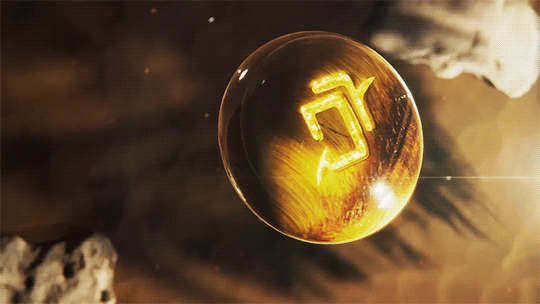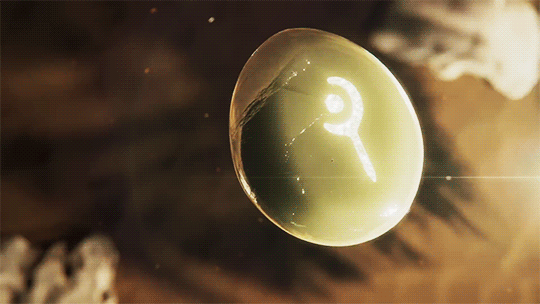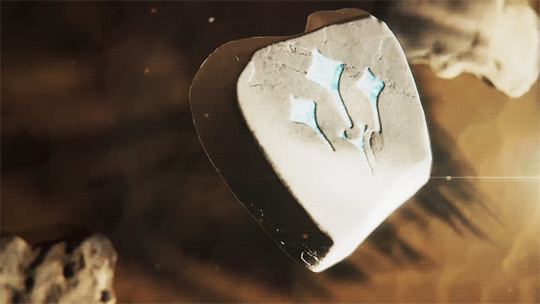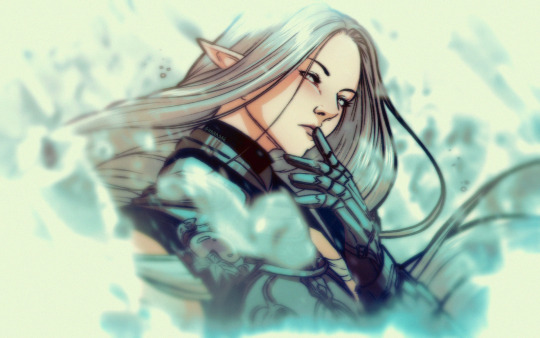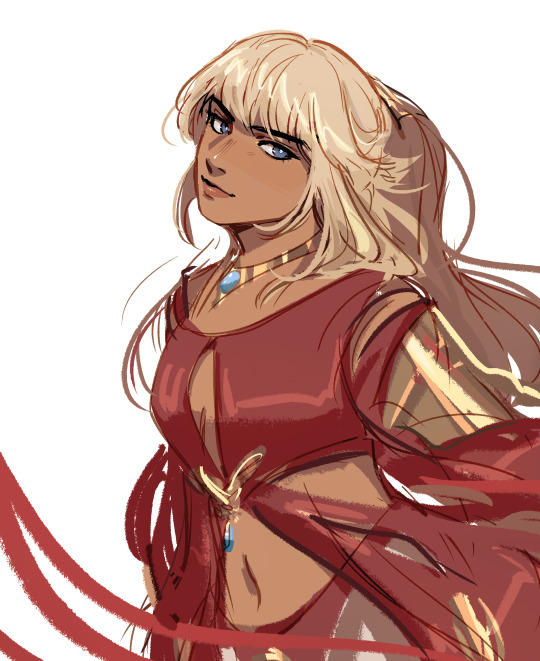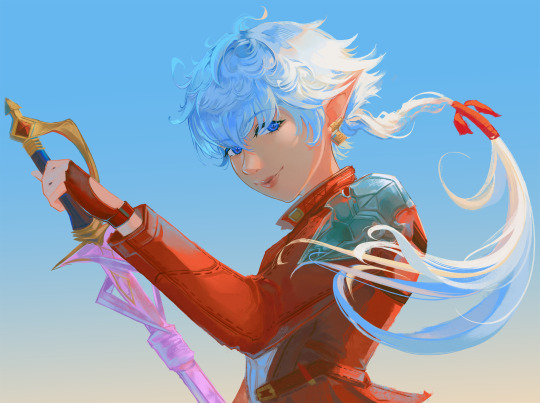Text
WoL: i may not be Hydaelyn's strongest warrior but there is all sorts of bullshit that she makes me deal with and i hndle it not very well usually
216 notes
·
View notes
Text


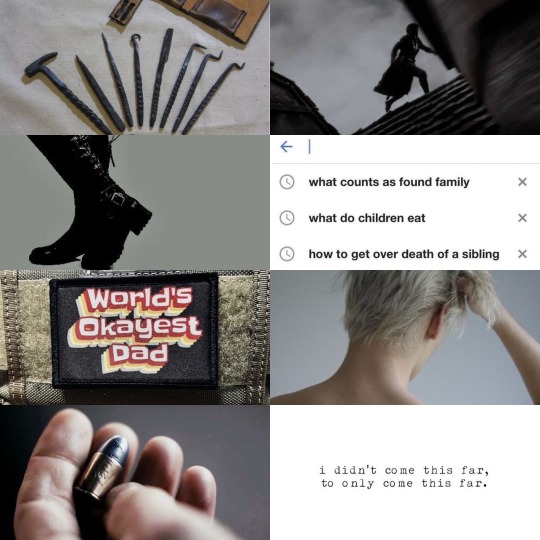
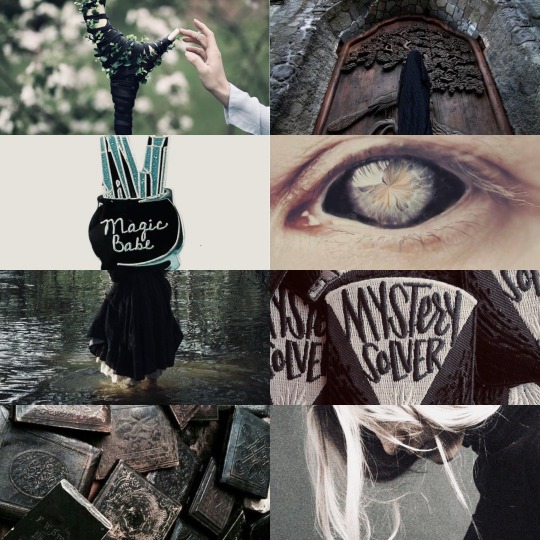
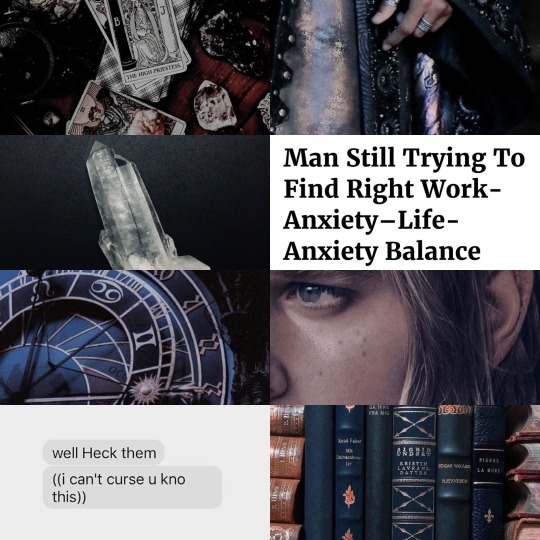
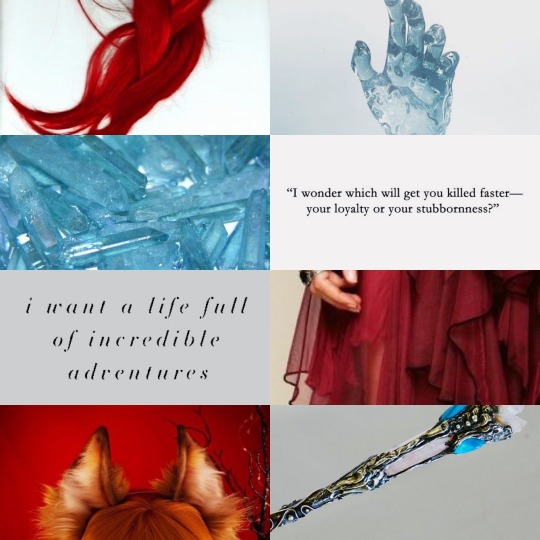
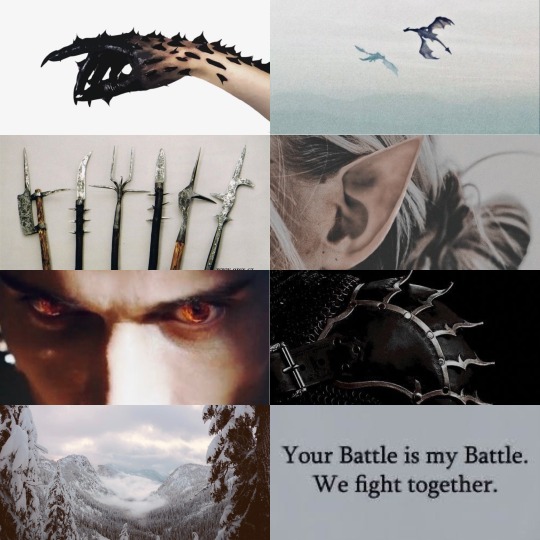

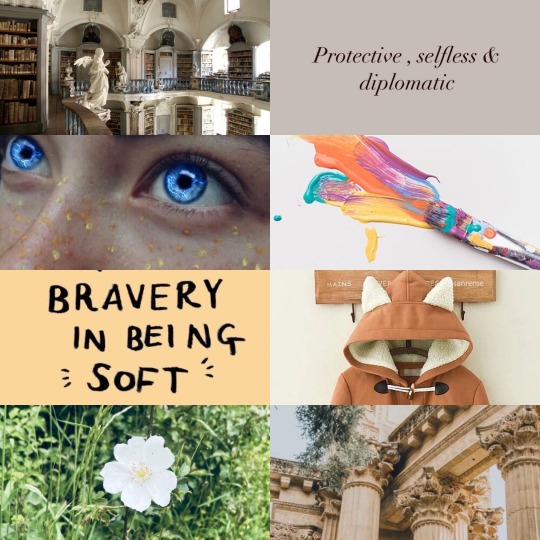
FFXIV Scions of the Seventh Dawn (circa Endwalker) + Aesthetic
Alphinaud Leveilleur | Alisaie Leveilleur
Thancred Waters | Y’shtola Rhul | Urianger Augurelt
G’raha Tia | Estinien Varlineau
Tataru Taru | Krile Mayer Baldesion
119 notes
·
View notes
Photo

.* 𝐅𝐅𝐗𝐈𝐕 𝐒𝐀𝐏𝐏𝐇𝐈𝐂 𝐓𝐎𝐁𝐄𝐑 *. Day 11 - Shiva + ysale
2K notes
·
View notes
Text
Writing Character CHANGE
Character development is absolutely CRUCIAL to a story, but having spent more time thinking about this topic, I came to the realization that I misunderstood a lot of points other people have made when teaching how to write character development.
There are a lot of factors that play into character development, but in this post, I'll cover some overall, but the main thing concerns any change to your character! (Which is also a huge part in development, really.)
So with this post, I'll be teaching you MY personal tips regarding this subject!
*The Basics*
Before we really get into the developmental stage, there are some things you want to establish, in which I'll explain later!
A couple of flaws.
How your character views themselves at first.
Your character's morals/ideals and how they think.
These things may vary, but you want your readers to be able to at least roughly predict how your character will act during specific events!
*Change*
Character development is just about how your character changes throughout the story. I like to say that there are several different ways one may change, (we'll get into that later on) but your character should NOT stay the same as the same person during the exposition and during the resolution!
"During character development, your character should grow."
This is a common piece of advice; your character needs to grow. And while I've assumed for the longest time that I understood what it meant, it never truly clicked.
While they will use words such as grow, what they really mean is that your character should mature. By the end of your story, your character may not always end up as a better person. When I say mature, I mean that they have reflected back on their life and have understood the consequences that came with their actions (if any) or how they could've done things differently.
Your character will not always end up as a better, fixed person, but they should understand their world and themselves better.
*Negative/Passive Change*
Alright then, so how does a character develop if they don't necessarily change for the better? Well, I'll get into that!
No matter what, your character should have learned a lesson through their experience. Even if they haven't exactly improved as a person, there should be a moral they can learn from what they have gone through.
If not, then did they really grow?
Additionally, how did their qualities negatively impact themselves? If they are bad traits, then it needs to be clear. And the best way to achieve this is by demonstrating how it hurts your character! However, it is rather uncommon for a character to undergo little to no change after a story!
*Positive Change*
Let's circle back to the basics, real quick. Remember how I said that before any development takes place, your character should be anything but perfect? That same thing applies to after the change.
Do NOT create a flawless character by the end of your story. Instead, focus on one or two flaws that get fixed as the story continues. These don't have to be huge, life-changing imperfections, but they can be minor ones that still shape their life in one way or another.
"Fixing" too many shortcomings can make your character seem, well, out of character, producing a character development that's more forced. The same thing applies if you're attempting to FULLY alter a fault that's just too big. The change will be too noticeable.
What am I talking about? Here's an example!
Imagine a character who's incredibly closed off to other people, wanting to ensure that he never gets too close to others.
That's a pretty sizable flaw, no? By the end of your story, you do not want to completely change because you need to preserve character, but you can change it a bit. Does he have a few friends now? Does he understand that there are some people worth trusting?
He may still be closed off to majority of people, but at least it's not everyone, and that's a realistic change.
*Different Changes*
As I continue to read more stories and watch more shows, I have realized that character development is not always about fixing flaws or personality, but it can extend far past that line.
So listen up, because I feel like no one really talks about this.
Your character can change their IDEALS, MORALS, and how they VIEW THEMSELVES.
Hear that? If your character has strong morals, they will hardly stay the same as they reach the end. Remember the requirements I mentioned at the beginning?
See how it connects now? There is SO much more to character development than changing a few imperfections. Like I said in the start, your character needs to grow and mature. Things like new morals or ideals assist with that!
*SUMMARY*
In order to start character development, you need a couple of flaws, an idea of how your character looks at themselves, and their morals. This is because those are the main parts of you character that may change through time.
Growth = Maturing (gaining a better sense of who they are and the world they live in.)
NOT ALL CHARACTER DEVELOPMENT IS POSITIVE!
For negative or passive change, make sure to clarify how their imperfections affected or hurt them and have some sort of moral that follows.
YOUR CHARACTER SHOULD NOT BE PERFECT!
They should not be perfect in the beginning, and not perfect in the end! Do not 'fix' too many traits because you want to preserve character.
I think that's all! It's quite the post for something so simple, eh? But hey, character development is absolutely PIVOTAL to a story so I hope I at least explained the 'change' part of that well!
Happy writing~
3hks <3
1K notes
·
View notes
Text
Questions for Crafting Problematic Characters
Sure, let's simplify and add some guiding questions to help you navigate the complexities of writing problematic characters:
Understanding Your Character's Mind:
Dive into your character's thoughts and feelings. What makes them tick? What fears or desires drive their actions? How do their past experiences shape who they are today?
Looking at Past Hurts:
Think about any past traumas or tough experiences your character has faced. How do these experiences affect how they behave now? Do they have unresolved issues that come up in their actions?
Considering Society's Impact:
How does the world your character lives in affect them? Do they follow the rules or rebel against them? Are there societal norms they struggle with or don't agree with?
Thinking about Power and Privilege:
Does your character have power or privilege in certain situations? How does this affect how they treat others? Do they realize their privilege, or are they blind to it?
Exploring Different Identities:
What parts of their identity are most important to your character? How do aspects like their race, gender, or sexuality influence their behavior? Do they face discrimination or stereotypes because of who they are?
Dealing with Right and Wrong:
Are there times when your character has to make tough decisions? What moral dilemmas do they face? Do they always do what's right, or do they sometimes make mistakes?
Giving Your Character Control:
Does your character have control over their own life? How do they make choices and deal with the consequences? Do they have the power to change, or are they stuck in their ways?
Seeing Through Different Eyes:
Whose perspective is the story told from? How does this affect how readers see your character? Do readers understand why your character does what they do, or are they left guessing?
Writing with Respect and Responsibility:
Are you being respectful to the people or groups your character represents? Have you done enough research to understand their experiences? Are you telling their story in a way that's honest and fair?
Exploring Big Ideas:
What themes or messages do you want your story to convey? How do your characters, especially the problematic ones, help explore these ideas? Are you starting conversations about important issues?
In short, understanding your character's past, their place in society, and their moral compass can help you write them more authentically. Remember to approach sensitive topics with care and to give your characters room to grow and change.
2K notes
·
View notes
Text
The Villain Checklist!
Creating a villain is a delicate art, much like crafting a masterpiece. To ensure your antagonist leaps off the page with depth, consider these essential elements for your villain checklist:
Motivation: Every great villain is driven by a potent motivation, one that fuels their actions and sets them on their dark path. Explore their backstory and unearth the core reason behind their villainy. Are they seeking power, revenge, redemption, or something more sinister?
Complexity: Gone are the days of one-dimensional villains twirling mustaches and cackling maniacally. Infuse your antagonist with layers of complexity and nuance. Perhaps they possess redeeming qualities or wrestle with inner conflicts that humanize their actions.
Flaws and Vulnerabilities: Despite their nefarious intentions, villains should be flawed beings with vulnerabilities. These weaknesses not only add depth to their character but also create opportunities for conflict and growth throughout your story.
Backstory: Delve into your villain's past to uncover formative experiences that shaped their present disposition. Trauma, betrayal, or societal pressures can all contribute to their descent into villainy, providing rich narrative fodder for exploration.
Goals and Ambitions: Just as heroes strive for noble objectives, villains pursue their own twisted goals with fervor and determination. Define what your antagonist hopes to achieve and the lengths they're willing to go to attain it, even if it means sacrificing everything in their path.
Antagonistic Traits: From cunning intellect to ruthless brutality, equip your villain with traits that make them a formidable adversary for your protagonist. Consider how their strengths and weaknesses complement each other, creating dynamic conflicts that propel your story forward.
Relationships and Alliances: Villains don't operate in isolation; they forge alliances, manipulate allies, and cultivate relationships to further their agendas. Develop the connections your antagonist shares with other characters, be they loyal minions or reluctant collaborators, to add depth to their character dynamics.
Moral Justification (from their perspective): While their actions may be abhorrent to society, villains often believe they're justified in their pursuits. Explore your antagonist's moral code and the twisted logic that rationalizes their behavior, offering readers insight into their twisted worldview.
Arc of Transformation: Just as protagonists undergo arcs of growth and change, villains should experience their own journey of transformation. Whether it's redemption, downfall, or something altogether unexpected, chart the evolution of your antagonist throughout the narrative.
Memorable Traits: Give your villain distinctive traits or quirks that leave a lasting impression on readers. Whether it's a chilling catchphrase, a distinctive appearance, or a haunting backstory, give your antagonist elements that linger in the minds of your audience long after they've closed the book.
3K notes
·
View notes
Text
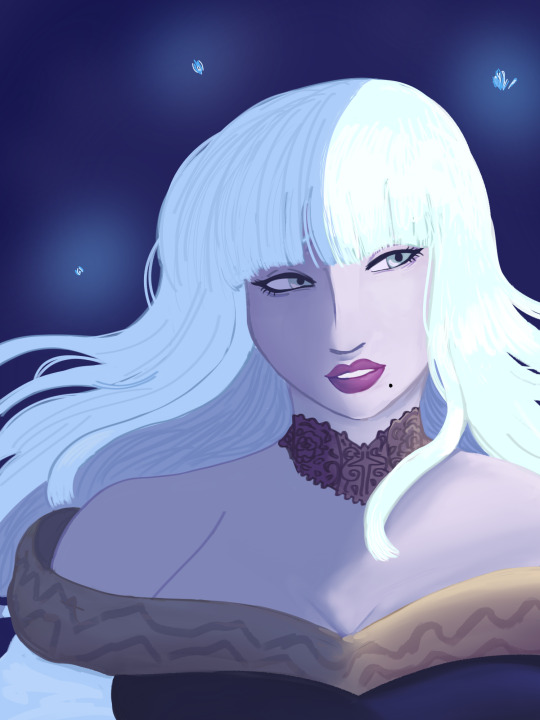
Was the fruit.. as sweet as he remembered? - Yotsuyu Goe Brutus, FF14, Post Stormblood
22 notes
·
View notes
Text
When the Lalafel tanks come out, that's a sign that summer's almost here. The days get longer and the Dark Knights get shorter.
987 notes
·
View notes
Text

Godspeed - may your death come quickly
♥ twitter upload / dA upload / pixiv upload ♥
9 notes
·
View notes

